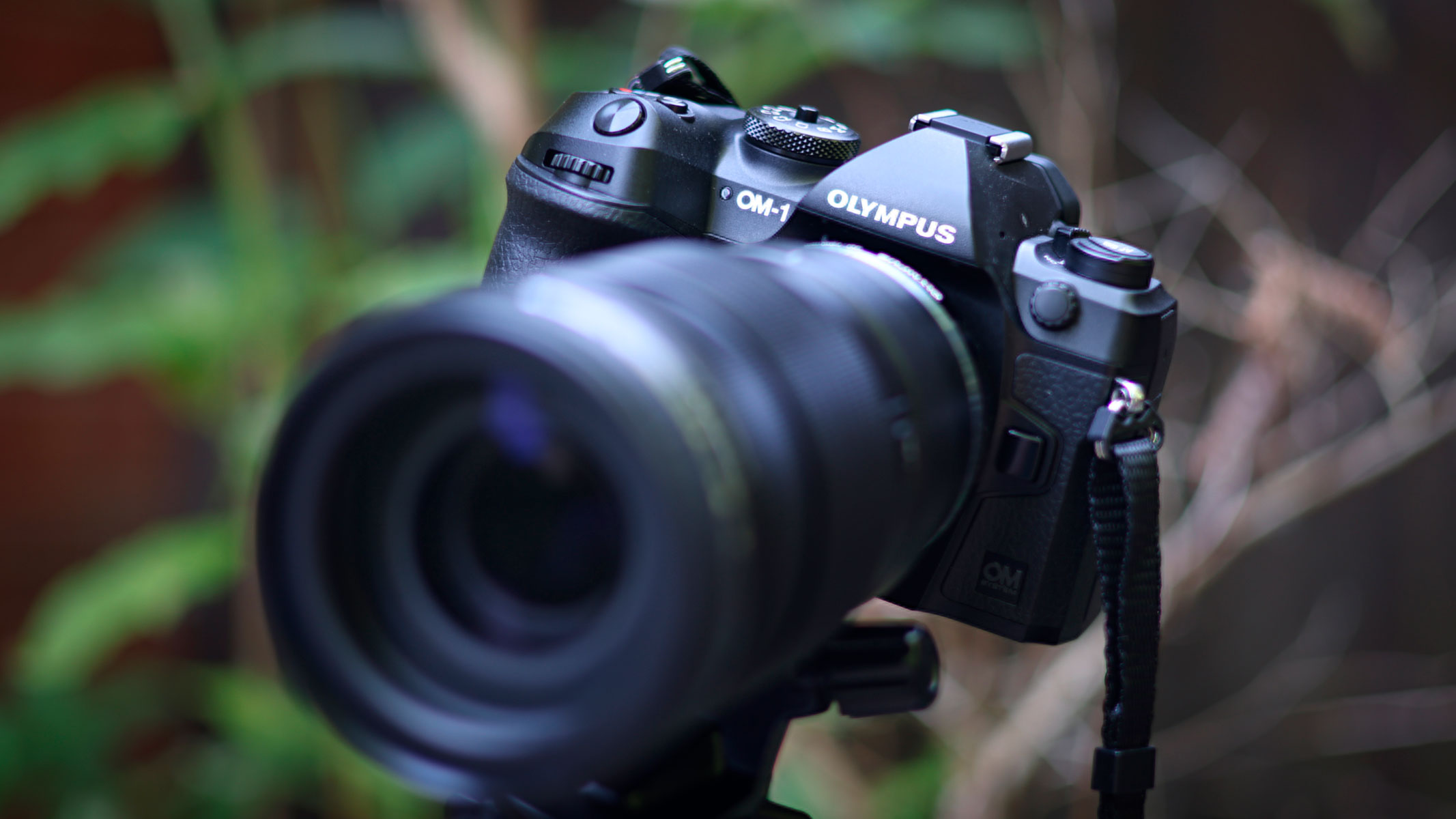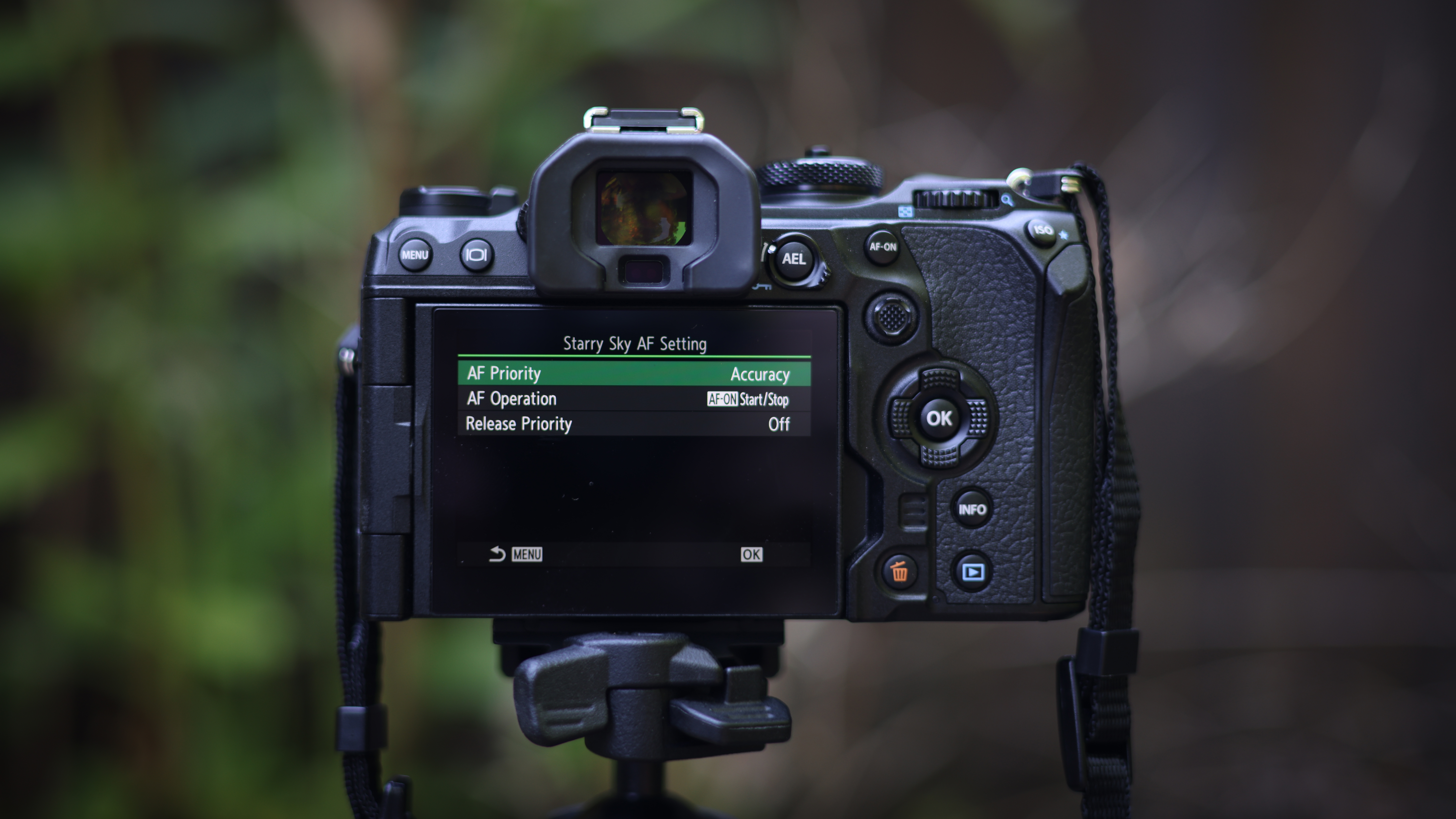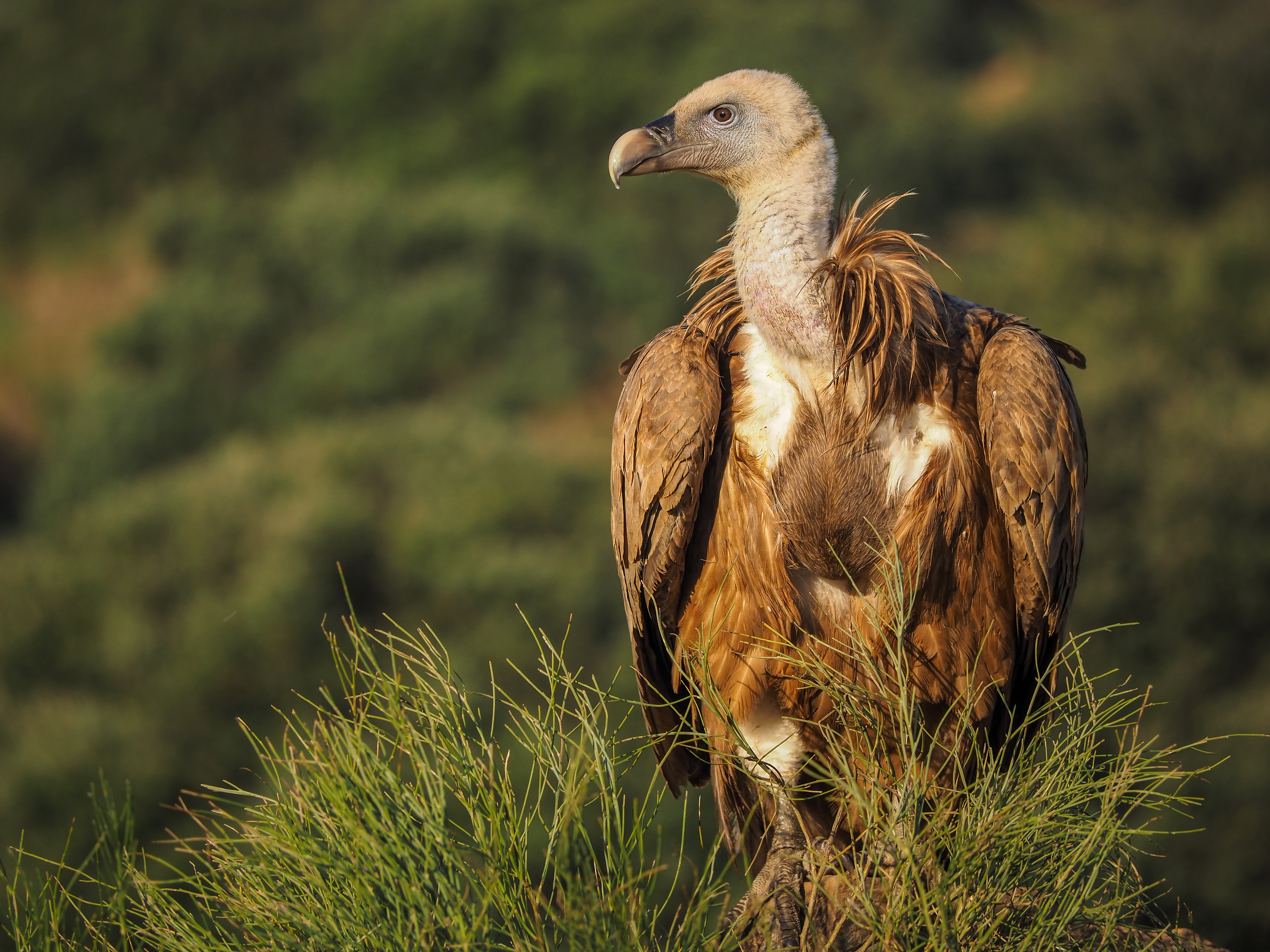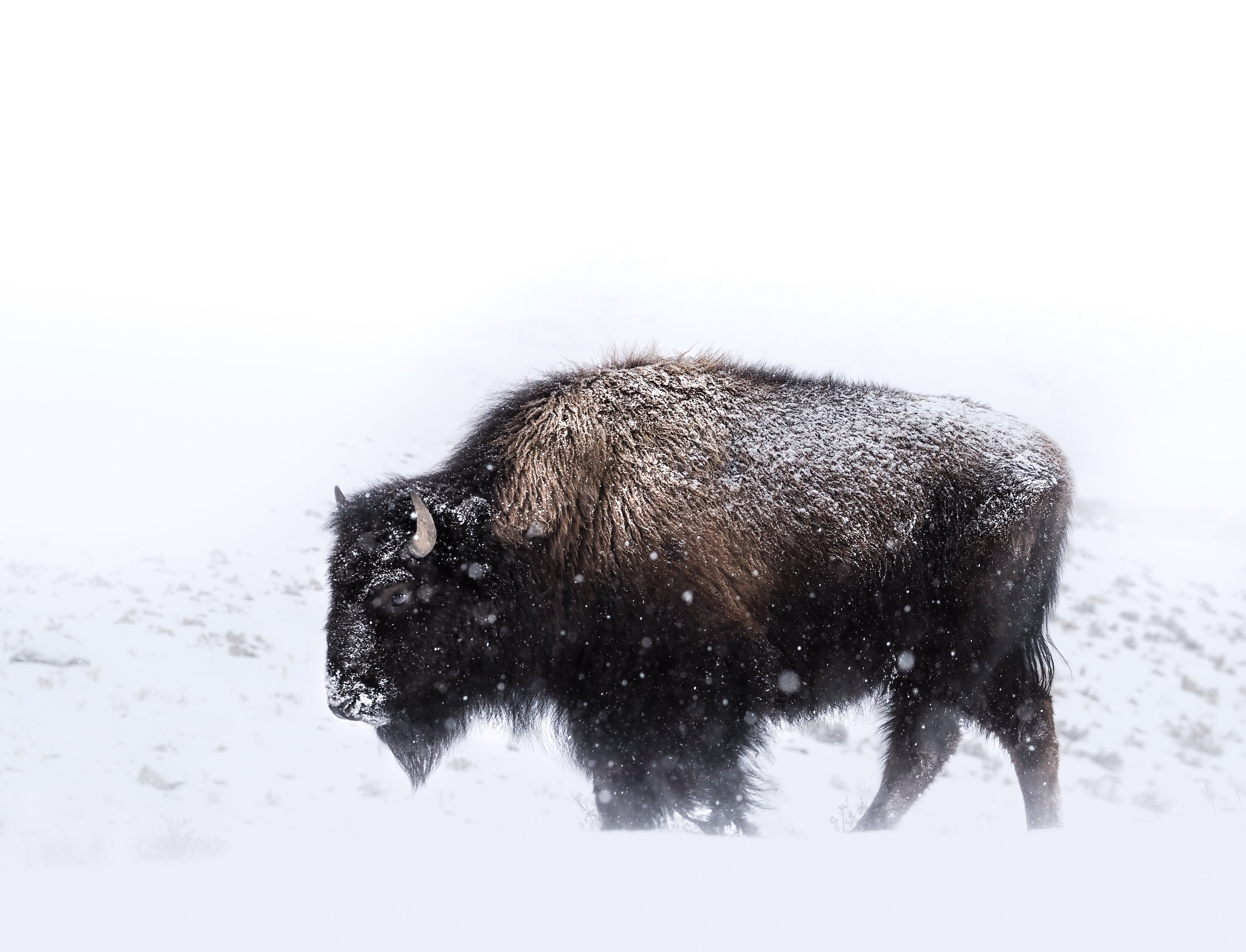Live Science Verdict
Portable, powerful and professional, the OM System OM-1 offers brilliant performance for all kinds of photography and video, making it one of the most versatile cameras you'll ever use.
Pros
- +
IP53 weather sealing
- +
120fps continuous bursts
- +
8-stop image stabilization
Cons
- -
Only 20.4MP resolution
- -
Limited buffer at 120fps
- -
LCD could be higher res
Why you can trust Live Science
Type: Mirrorless
Sensor: 20.4MP Micro Four Thirds
Lens mount: Micro Four Thirds
ISO range: 200 to 102,400
Viewfinder: Electronic, 5.76 million dots
Video capability: 4K 60p / FullHD 240p
Weight: 1.13 lbs
Size: 5.47 x 1.52 x 3.15 inches
Memory card type: 2x SD
The first ever camera from OM Digital Solutions is also the last ever camera with the Olympus name on it and the OM System OM-1 also carries the weight of having the same model number as one of the most legendary cameras ever made.
Thankfully, the OM System OM-1 absolutely lives up to the pedigree of the original Olympus OM-1 film camera. It is, simply, the best all-round Micro Four Thirds camera ever made, doing the Olympus name proud in its final outing – and proving that OM Digital (new owner of the Olympus brand) is a serious player in the imaging industry.
It packs a stacked, back-side illuminated sensor that delivers a maximum burst speed of 120fps, putting it on par with Nikon's flagship-grade Nikon Z8 (with a couple of caveats). And while the sensor's native resolution is 20.4MP, a High-Res Shot mode can shoot 50MP handheld or 80MP on a tripod (again, with caveats).
It's the best weather-sealed camera on the market, offering unrivalled IP53 certification. It also possesses the most rock-solid image stabilization there is, with 7 stops of in-body stabilization as standard and 8 when using the manufacturer's specific Sync-IS lenses. And in terms of video, it can shoot up to 4K 60p in 10-bit 4:2:0 internally or 12-bit ProRes RAW externally.
A true general practice tool, it caters to every genre; it has dedicated Starry Sky shooting modes that make it one of the best astrophotography cameras, and blistering autofocus with animal detection makes it one of the best wildlife photography cameras as well. Thanks to the broader depth of field offered by Micro Four Thirds' 2x crop factor, it's even one of the most competent cameras for macro photography.
OM System OM-1: Design

Being a continuation of the Olympus OM-D E-M1 line, the OM-1 feels a lot like cameras such as the E-M1 Mark III. Which is to say that it is clean, compact, sleek and slim, but without being so tiny that it can't be held by big hands – and it has a deep, chunky grip offering plenty of purchase. An optional battery grip increases the handgrip and doubles the battery life (to 1,000 shots) should you need it.
Unlike more junior EM / OM models it has a joystick, for quick focus point adjustments, and control dials recessed into the front and back of the body (rather than sitting on the top plate) for faster and more comfortable shooting. The rear screen is a fully articulating affair, offering ultimate versatility for both stills and video, while the electronic viewfinder is a high-speed, high-resolution OLED featuring a 120fps refresh rate (for blackout-free shooting) and 5.76 million dots.
Get the world’s most fascinating discoveries delivered straight to your inbox.
The body itself is better weather-proofed than any other interchangeable lens camera available, certified to the IP53 standard. For context, that means it can still operate even with 3 minutes of continuous water being sprayed on it from a 60° angle. The magnesium alloy chassis is built to last, as is the shutter mechanism —which is good for 400,000 actuations.
In terms of menu design, the much-maligned Olympus menus of old have been completely reworked to make them prettier to look at, easier to navigate, and more instinctive to find things — and the Super Control Panel quick-menus are still there to make shooting as simple as possible.
OM System OM-1: Functionality
The OM-1 has so much functionality that it almost doesn't seem real. Let's start with some of the computational photography, which often gets overlooked in evaluating this camera.
We've already mentioned the High Res Shot mode, which uses the camera's stabilization system to shift the image sensor incrementally while taking a series of shots, artificially increasing its surface area and, thus, its effective pixel count. This enables you to take 50MP or 80MP images, but the caveat is that your subject needs to be completely motion-free (otherwise movement will be captured between the multiple frames).
Kit lens: M.Zuiko 12-40mm f/2.8 Pro II
Best wide lens: M.Zuiko 7-14mm f/2.8 Pro
Best zoom lens: M.Zuiko 40-150mm f/2.8 Pro
Spare battery type: OM System BLX-1
Then there's the Live ND mode, which effectively gives you built-in ND filters of up to 6 stops. Want to take blurry waterfall photos without external ND filters or shrinking your aperture? Now you can. There's also Starry Sky AF, which offers accurate astrophotography autofocus and an image-stabilized mode to accommodate handheld astro shots.
It achieves a first in autofocus technology, too, being the first camera to possess Cross Quad Pixel AF. You've probably heard of Canon's Dual Pixel AF, used in cameras like the Canon EOS R5, which features two photodiodes per pixel for more accurate performance. The OM-1 has four photodiodes per pixel, which combined with the Deep Learning algorithms offers incredibly robust autofocus.
While it's a stills-first system, the video capture here is still pretty impressive: 4K up to 60p and FullHD all the way up to 240p are on offer, with a log profile and HLG mode, 10-bit 4:2:0 using H.265 HEVC or 8-bit 4:2:0 with H.264. Long GOP and All-I are both available, and if recording to an external monitor you get the option of 12-bit 4:4:4 ProRes RAW.
OM System OM-1: Performance
The new back-side illuminated sensor in the OM-1 produces performance never before seen on a Micro Four Thirds camera, and counters many longstanding criticisms of the system.
Dynamic range and ISO noise have both been dramatically improved, the former by about a stop and the latter producing much less noise when shooting at higher sensitivities. OM claims that the performance is on par with full-frame sensors, which isn't strictly true in my experience — but having used Micro Four Thirds cameras for ten years, I can confirm that this is unlike anything the system has ever achieved before.
As noted, the camera is capable of 120fps burst shooting, but this is with locked AF/AE (and the buffer tops out at around 90 shots). That said, the OM-1 can shoot full-resolution 20.4MP images at 120fps, whereas the Nikon Z8 can only shoot low-res 11MP images at 120fps (though AF isn't locked). For shooting with full autofocus, you can shoot bursts at 50fps — though only half a dozen M.Zuiko lenses support the full AF actuation speed.
As ever, one of the most important modes on the Pro OM / Olympus cameras is Pro Capture. This records up to 70 frames even before you press the shutter; when you're sitting there with the shutter half-pressed, waiting for your subject to move, the camera starts buffering frames. When you fully depress the shutter, it saves the most recent 70 frames plus the 50fps (with AF/AE) or 120fps (locked) shots that follow it. So, if you're shooting wildlife or sports, you'll never miss that crucial moment by being a half-second too slow to press the shutter.
And, while it's not quite up there with Canon's impossibly good subject detection, the autofocus is snappier and stickier than all but the most advanced professional bodies on the market.
Should you buy the OM System OM-1?
With blistering speed, pre-shutter shooting, amazing autofocus, ND shooting without ND filters, handheld astrophotography, and 80MP imaging the OM-1 is the cleverest camera on the market right now.
And the biggest selling point is the smallest: this is the most compact and lightweight pro-grade camera system you can buy, thanks to the small nature of Micro Four Thirds lenses. Consider this: The chunkier Nikon Z8 with the enormous Nikkor Z 70-200mm f/2.8 lens weighs a combined 5lbs, but the OM-1 with the M.Zuiko 40-150mm f/2.8 Pro (an 80-300mm equivalent) weighs almost half as much at just 2.8lbs.
If you want a powerhouse camera with the smallest footprint possible, look no further than the OM System OM-1.
If the OM System OM-1 isn't for you
The OM-1 does so many things, we'll suggest some alternatives for different purposes. If you want another crop sensor powerhouse for wildlife and sports, look to the Canon EOS R7. With its 32.5MP sensor, 30fps bursts, oversampled 7K video and the best autofocus in the industry, it's a monster for action photography.
For an astrophotography camera, we'd recommend the Pentax K-1 Mark II with its dedicated astro features – including a red-screen night mode, illuminated buttons and Astrotracer tech that uses GPS and image stabilization to follow the stars!
Finally, for another all-singing and dancing technological marvel, you can't go wrong with the Canon EOS R5.
The editor of Digital Camera World, James has 21 years experience as a magazine and web journalist. He has worked professionally in the photographic industry since 2014, when he started as an assistant to Damian McGillicuddy (who succeeded David Bailey as Principal Photographer for Olympus). In this time he shot for clients as diverse as Aston Martin Racing, Elinchrom and L'Oréal, in addition to shooting campaigns and product testing for Olympus, and providing training for professionals. This has led him to being a go-to expert on cameras and lenses, photographic and lighting tutorials, as well as industry analysis, news and rumors for publications such as Digital Camera Magazine, PhotoPlus: The Canon Magazine, N-Photo: The Nikon Magazine, Digital Photographer and Professional Imagemaker, as well as hosting workshops and demonstrations at The Photography Show. An Olympus (Micro Four Thirds) and Canon (full frame) shooter, he has a wealth of knowledge on cameras of all makes – and a particular fondness for vintage lenses and film cameras.







